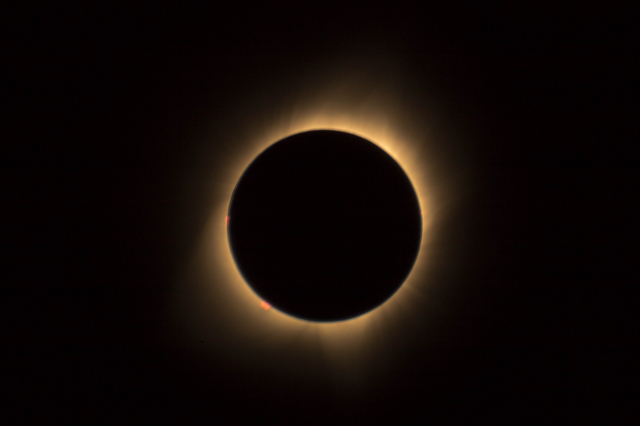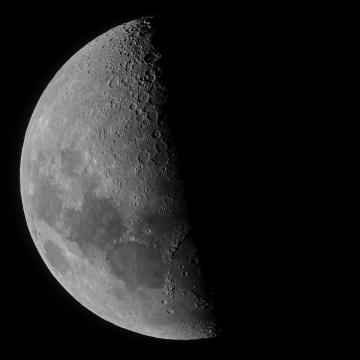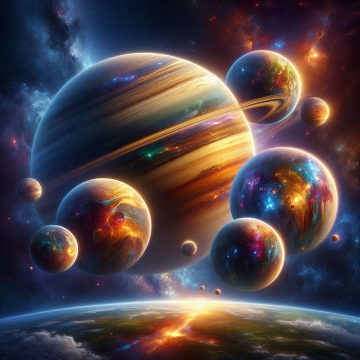Observed from Earth, a Solar Eclipse occurs when the Moon hides the Sun. The Earth, Moon, and Sun are positioned linearly. It is essentially an astronomical phenomenon that occurs coincidentally on the New Moon.
Characteristics of this phenomenon
This is a spectacular event that moves the human race, as it is interpreted as a manifestation of nature with its repercussions. The Moon hides the Sun in such a way that for a few minutes, the day turns into night. A solar eclipse is an unusual phenomenon; its occurrence occurs in particular conditions.
Let's not forget that the Moon revolves around the Earth and that is why the lunar phases occur, in these phases we have the New Moon and during it the Astro, the satellite and the Planet align, but there is no occurrence of eclipse every time this alignment is raised. This is how some Characteristics of this striking and unique phenomenon are presented.
It is necessary that in addition to this alignment, the orbits of the Moon and the Earth must be kept level; In other words, when the eclipse does not occur it is because the orbit of the Moon is slightly inclined, with respect to the orbit of the Earth in relation to the Sun.
When the phenomenon occurs, the Moon totally or partially blocks the light of the Sun and casts its shadow towards the Earth to such an extent that it darkens the day. This phenomenon is not very frequent. A total solar eclipse occurs approximately every 400 years and lasts only a few minutes, in one particular place on Earth.
When we think about the size of the Sun and the Moon, we conclude that it is impossible for one to cover the other, since in fact the Sun is about 400 times the size of the Moon and the distance from the Earth is 400 times greater than the distance to the Moon, that's why the two look the same size. This is the reason why in a solar eclipse it is seen that it covers the Sun.
Types of solar eclipses
Among the eclipses, there are some related to the Sun. Hence, the Types of solar eclipses are:
- Total: occurs when the Moon covers the Sun completely, and casts its shadow on the Earth. A section of the territory is shaded and is called the eclipse path.
- Partial: in this case we only speak of a shaded part; a part of the Sun is covered by the Moon.
- Annular: here a ring of sunlight is seen around the Moon, in the form of a “ring of fire”. In this case the apparent silhouette of the Moon is smaller than the disk of the Sun.
- Hybrid: this type of eclipse occurs when it is seen in some places as a total eclipse and in other areas of the planet it is seen as an annular eclipse. Summarizing, this eclipse changes from annular to total or from total to annular, for the entire length of the section on Earth.






